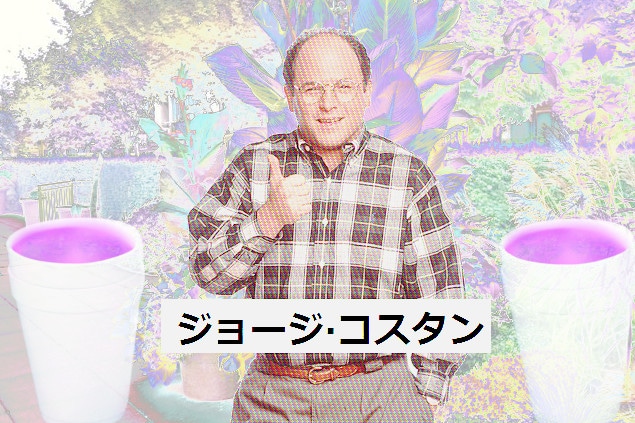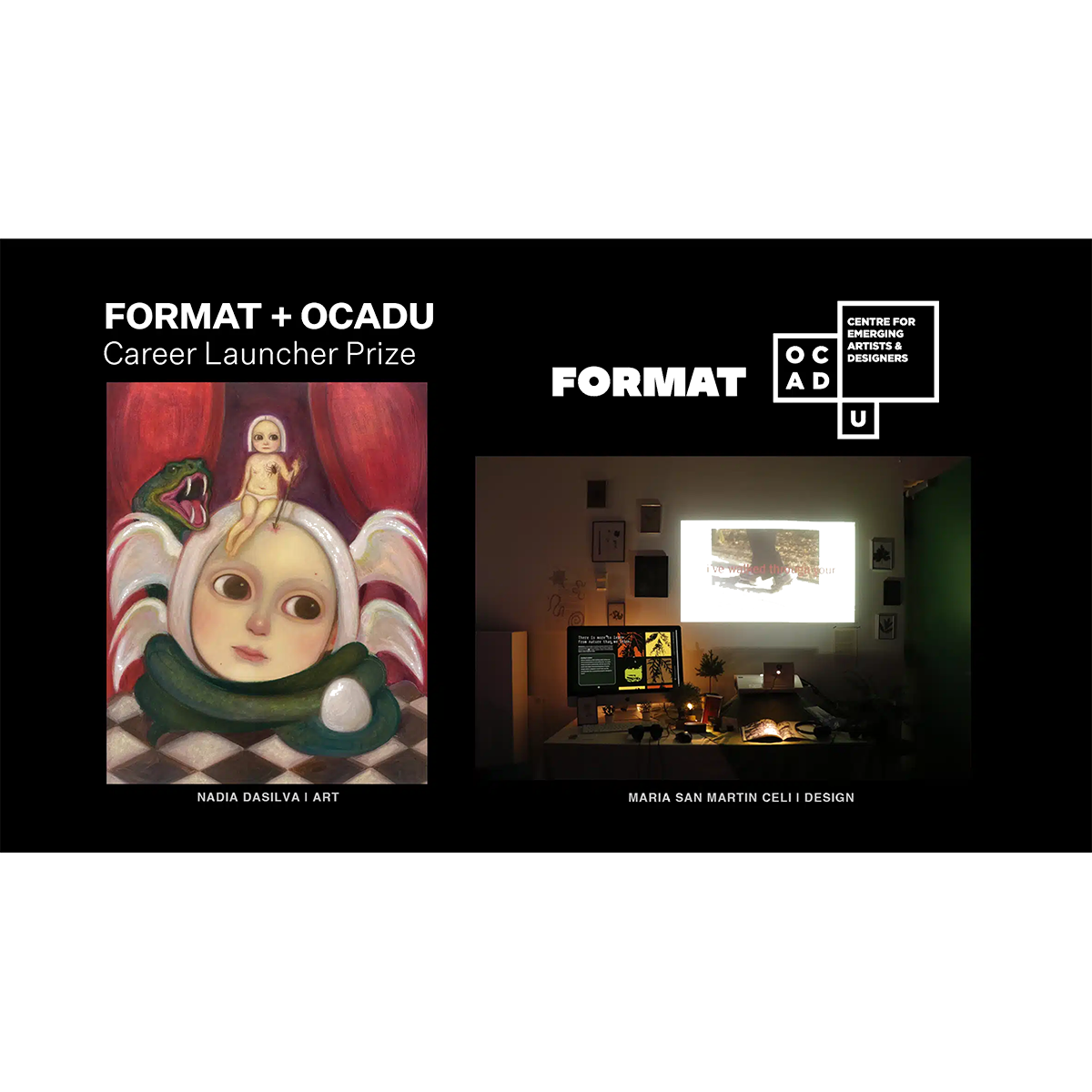If you’ve heard of vaporwave, you’ve probably heard that it’s dead. It was killed by Tumblr and MTV. It went mainstream with this Japanese Donald Trump commercial. The nostalgia-driven art and music subgenre is a washed up trend that faded from relevance in less than a year. Or did it?
For anyone who hasn’t heard of vaporwave, let us quickly fill you in. The largely online cultural phenomenon is a Tumblr-spawned musical genre inspired by electronic dance music, New Age, chillwave and seapunk. For brevity’s sake, you can research those other micro genres in your own time. Vaporwave is a combination of 80’s elevator music and smooth jazz slowed down, cut, looped, pitch shifted, and is heavy with effects. But it doesn’t stop there. The visual component of Vaporwave is just as important as its ambivalent sounding tunes; the aesthetics a healthy blend of cheesy symbols of globalism. It’s a mixture of Japanese cartoons, Window 95 computer graphics, backgrounds of neon gradients, a sprinkling of Grecian busts, palm trees, dolphins, skyscrapers, pyramids, floating cubes, 3D bubbles and marble columns.
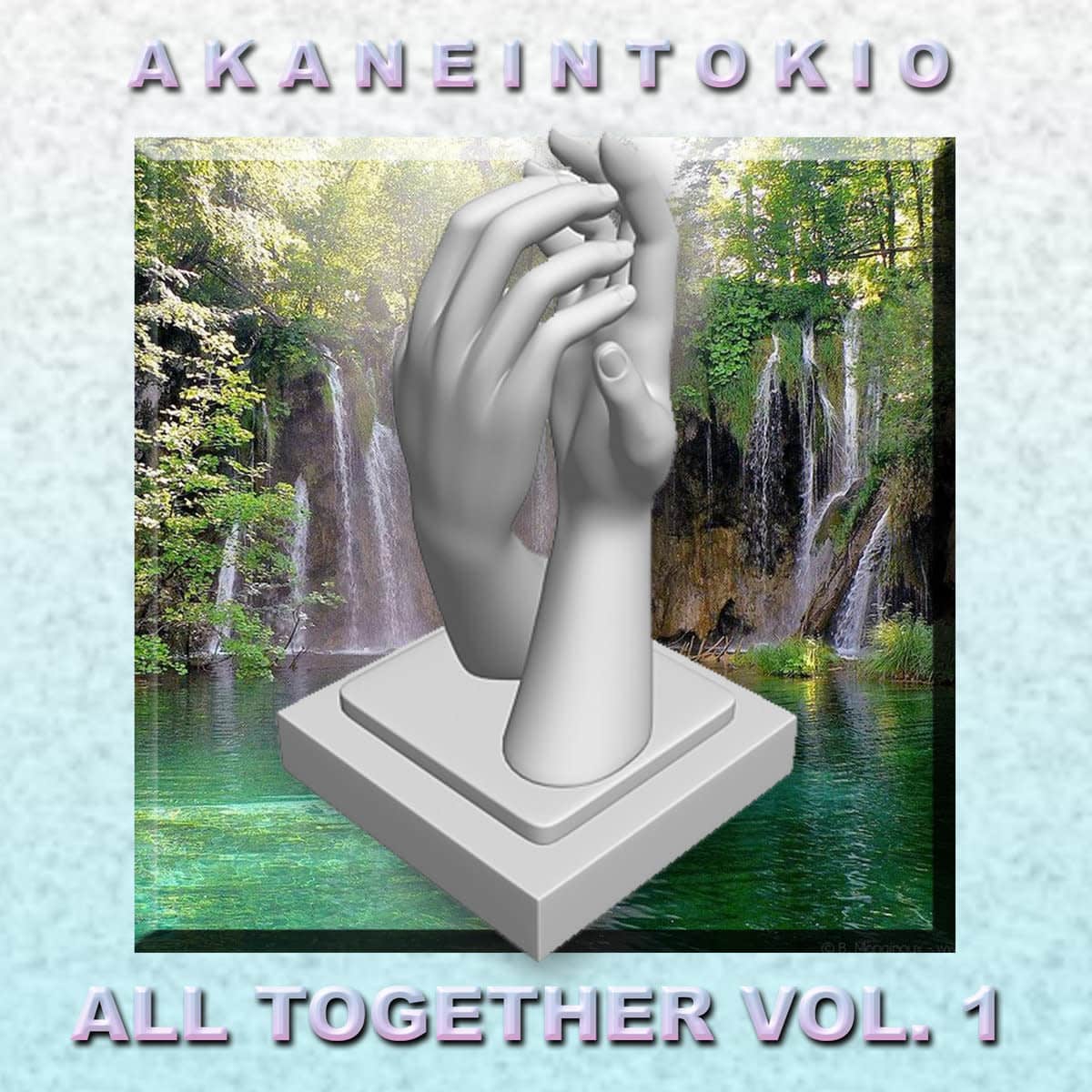
Youtube user Frank JavCee sums up the aesthetic language of vaporwave perfectly in his instructional video How to Make Vaporwave:
“It’s kind of like you are living in a junkyard in a dystopian future and you find a bunch of VHS tapes and you’re the only person in the world and you’re kind of lonely and you have a bunch of weed and you’re high all the time, and you’re in Japan, and you’re in the sky.”
That is a powerful description indeed. See also Vapourwave: A Brief History by Youtube user wos X for more thoughtful musings on the subject.
The predictable and restrictive visual and musical formula that defines vaporwave is probably the reason why people have been so quick to dismiss the trend as an indulgent in-joke between unemployed suburban music producers and freshly graduated graphic designers. Forum users the world over have been fiercely debating if there is any substance left to this post lo-fi, post retro movement ever since it surfaced (according to the Chicago Reader) around mid 2011 with the release of New Dreams LTD. by Laserdisc Visions (which was later dubbed vaporwave by Texas producer Will Burnett of W.T Records).
People have been quick to dismiss the trend as an indulgent in-joke between unemployed suburban music producers and freshly graduated graphic designers.
The same questions keep coming up again and again in subreddits and in conversations in the comment sections under neon-drenched videos. Why are we still talking about vaporwave, 5 years after it first surfaced? And what makes it different from seapunk, chillwave, or witch house or any other new genres dubbed as the “sound of tomorrow” that has emerged in the last few years? Why should we care?
Rather than declare vaporwave at dead, it’s possible that we’re at a crossroads; that this is a crucial point in a larger cultural shift. In a time of world-wide unease, vaporwave criticizes and dissects the systems that are failing us.
Vaporwave music is essentially a satire of corporate and consumerist culture and modern capitalism, presented together with a slick, universally understood aesthetic. It speaks to a generation in a way not seen since disco in the 70’s, hip hop and pop of the 80’s and grunge of the 90’s. Vaporwave supports the growing desire from listeners to post-ironically enjoy this type of music and is a reaction against the irony and nihilism of postmodernism.
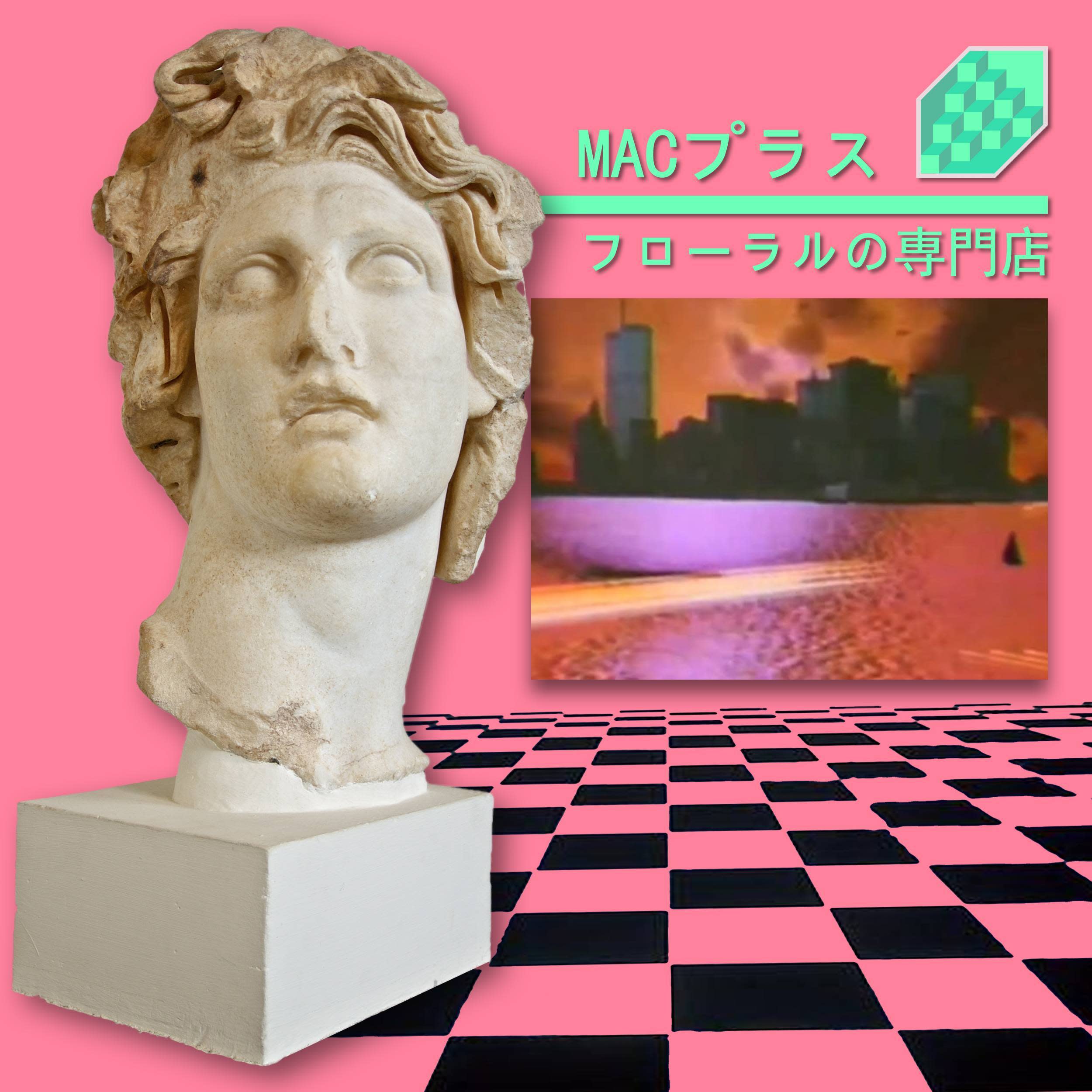
It is the first truly digital punk music movement that destroys any conventional ideas of ownership. It is able to be made by anyone with an internet connection and a computer, and shared anonymously around the world, without gender discrimination, and with no concern for geographical limitations.
For something that started off as a few albums critiquing mainstream EDM, vaporwave has quickly spawned its own visual aesthetic, inspired Photoshop knockoffs of album covers, and turned into a full blown art movement that we can’t stop talking about. It has birthed its own microgenres: Mallsoft, Hardvapor, Sailorwave, FutureFunk, Oceangrunge, Simpsonwave, and recently Seinwave. These countless versions show how all-encompassing this genre is becoming. Just like the moment Rihanna used Seapunk visuals in her performance on Saturday Night Live, the anti-corporate attitude of vaporwave is crossing over into mainstream entertainment, or at the very least using it as source material.
Let’s focus on S I M P S O N W A V E. This micro genre is an essential part to figuring out why vaporwave is misunderstood and how it is actually the defining symbol for a new pop culture. Take clips from The Simpsons mash them up and re-edit them with dreamlike distortion or wavy VHS effects, then add vaporwave music over the top and you have a healthy dose of childhood nostalgia that speaks to a whole generation of primetime television watchers. The shallow and superficial irony that was haunting vaporwave has been replaced by honesty, sincerity and emotional connection.
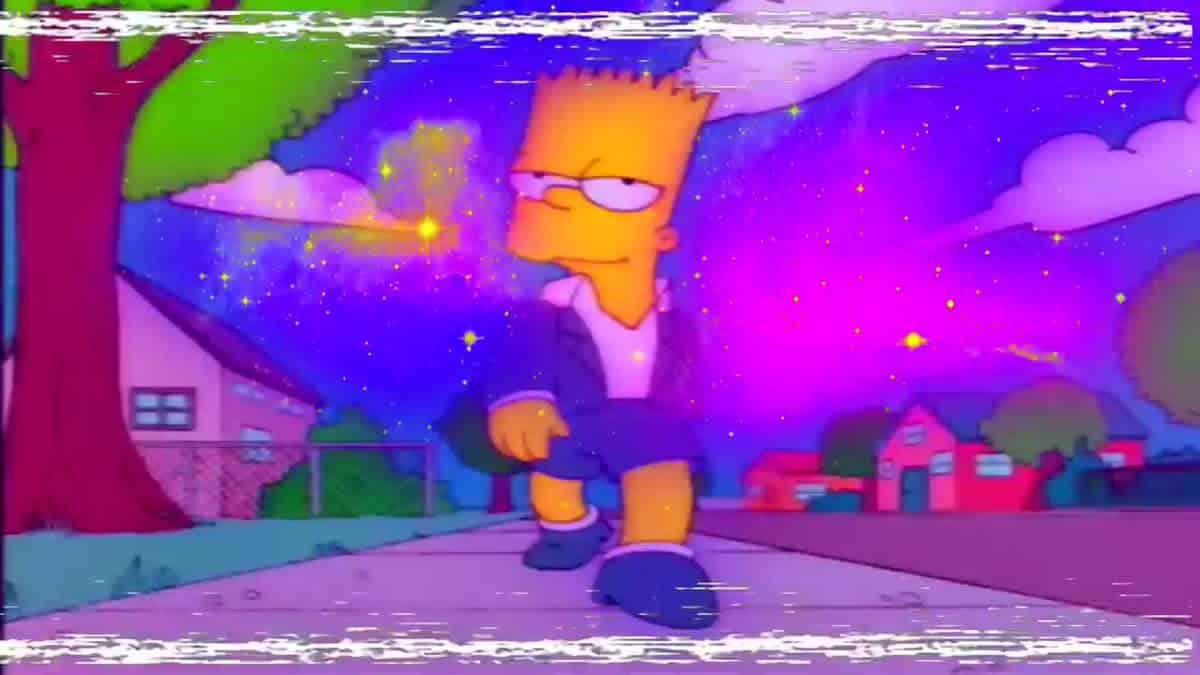
The most prolific artist working in Simpsonwave is Lucien Hughes, a 19-year-old physics student from Nottingham. “I first started making these [videos]when I was off University ill in January,” he told us. “I saw Spicster’s Vine and some of midge’s early videos and decided to put my own spin on it. It started very much as a joke on the Simpsons Shitposting group on Facebook but as it evolved I started spending a lot more time working on the videos and began to apply some sort of narrative to them.”
That original Vine clip Hughes talks about, “Bart on the Road” was posted on October 27, 2015 and has been watched over 23.4 million times. After several reincarnations, a version of the same clip (now with a heavy pink filter over the top) uploaded by Youtuber Hothi on December 3, 2015 has had over 400,000 views in a couple of months. It seems this cinematic version of Vaporwave has hit all the right emotional buttons.
“I think The Simpsons works fantastically because it’s very much something that resonates with a lot of people. Millions of people across the world grew up watching The Simpsons. Combining it with genres such as vaporwave and chill-hop makes for a double hit of nostalgia,” Hughes explains.
Hughes’ “HOMERSCAPE - 1992 美的” has VHS glitchy effects added to it, and features the song “ピコ” by vaporwave artist Macintosh Plus. Interestingly, Hughes’ video has around 100,000 views, while the video for “ピコ” has only been viewed around 5,000 times. It goes to show just what a refined aesthetic does for a movement, and the power of combining an underground movement with pop culture.
Millions of people across the world grew up watching The Simpsons. Combining it with genres such as vaporwave and chill-hop makes for a double hit of nostalgia.
It’s the loaded emotional content of Simpsonwave that resonates with people and mirrors a growing trend towards art forms and musical expressions that are sincere, transformative and positive imaginings of the future. Youtuber Sam Sutherland aka This Exists, is pretty candid about his initial feelings towards it.
“I honestly thought Simpsonwave was a joke. Then I was like, ‘Is Simpsonwave not a joke?’ Now I’m like, ‘Simpsonwave is not a joke—probably,’” he says in this video.
Simpsonwave is only one example of how things are changing. We are seeing more and more how technology and modern systems are trickling over into pop culture, and why we should wholeheartedly and optimistically embrace what comes next.
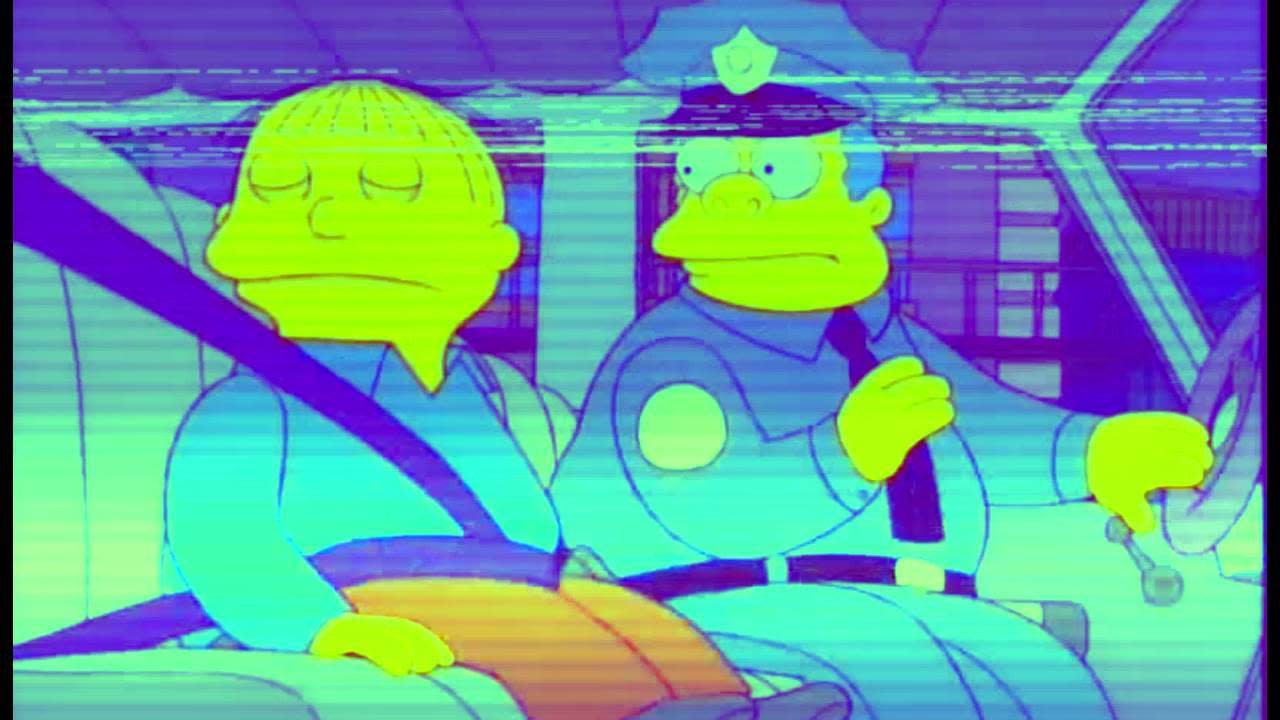
“I think a lot of mainstream media has begun taking cues from artists such as Yung Lean who uses vaporwave visuals extensively,” Hughes said.
New York musician and pioneer of the new sound, James Ferraro (whose album Far Side Virtual was declared best album from The Wire in 2011) reiterates that despite our fears, we should embrace the future and applaud those who are doing so.
“I’m at a coffee shop, co-opting in the shared pleasantness of other MacBook users via our united wi-fi provider. This safety zone is a glimpse into the future. A look into a small group of espresso drinkers who believe in a digital Utopia. We have crocs on, Alpha Generational babies in slick ethno slings. Human-like domesticated pets. Eco-friendly plastic cups. These people represent a determinism that is informed by commodities. But there is room to dream somehow. I definitely don’t fear them. I’m applauding them.” He says in this interview.
Artists like Hughes, Ferraro, Vektroid, New Dreams Ltd are the pied pipers for this new move toward a cinematic sensualism is culture. They represent the end of a postmodern cynicism. We have come to the end of a time when it was uncool to care about things.
Simpsonwave shows us we long to indulge in nostalgia and connect over something we all share. Vaporwave is a signifier for the downfall of apathy, for accepting the future and not fearing it. It’s a bunch of underground artists championing and embracing the downfalls and hypocrisies of capitalism.
Hughes says, “I think there is new interest in vaporwave, and I feel like the philosophy behind it will live on regardless of whether the name vaporwave ‘dies’. On the internet, too many people are quick to dismiss things as a meme or passing trend, when actually vaporwave ties in with a lot of thriving artistic communities related to glitch art and the New Aesthetic movement.”

